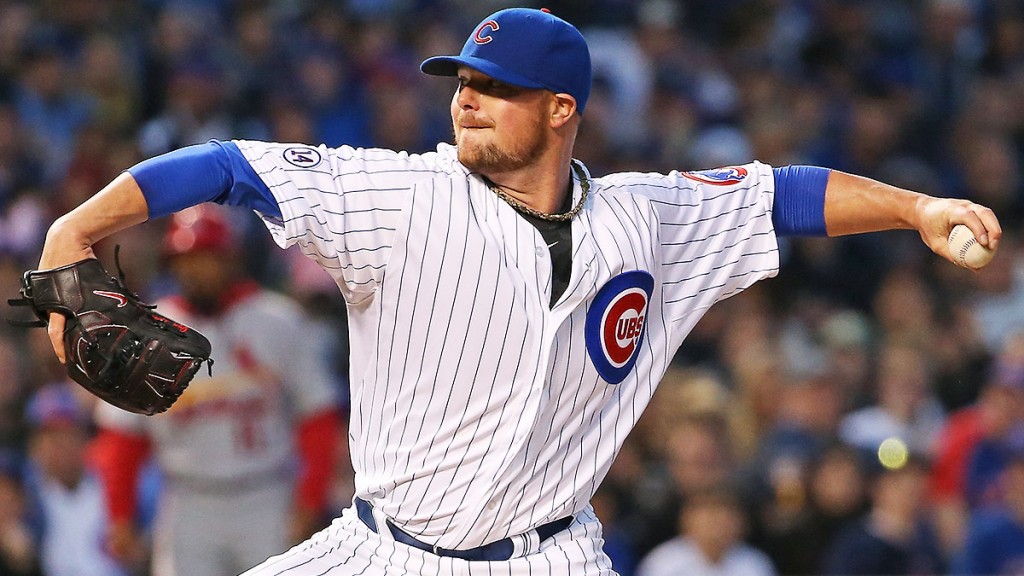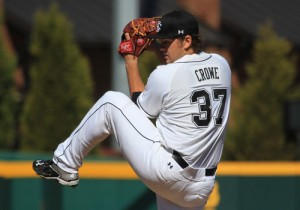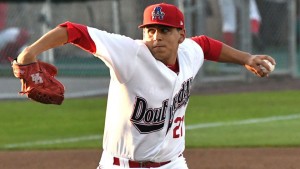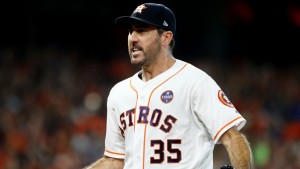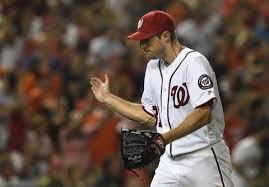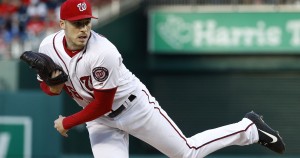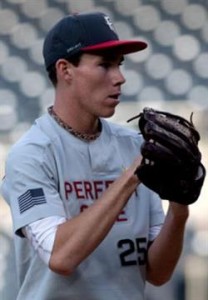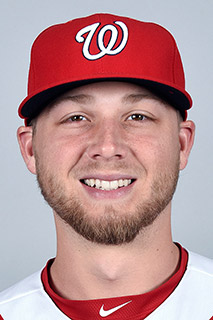
Nearly every year we talk about the Options status of the 40-man, and what it means for spring training. And this year is no different; nearly every year the options availability (or lack of them) helps drive some edge-of-the-roster decisions and the team ends up keeping players at the expense of others, often times in stark contrast to fan-perceived value or merit of inclusion.
Here’s a run-through of the Options status of the current 40-man roster. I have uploaded my Options Analysis annual spreadsheet to the Big Board; it is one of the 2021 tabs. Direct link here. The online XLS has a ton more information than we show here: it has updated Service time, first added to 40-man, known years optioned and some notes.
I divide the Roster into 5 categories of players on the 40-man:
– Vets who can refuse demotion (5 or more years of service)
– Players with Options available but who are MLB Entrenched
– Players with Options Available, jeopardizing 25-man roster status
– Players with Options almost guaranteed to be used in 2021
– Players with No Options left (the main analysis of this post).
For completion, here’s a quick run-through of all the categories:
Category 1: Vets who can refuse demotion (5 or more years of service)
We have 13 such players for 2021: Scherzer, Corbin, Gomes, Strasburg, Harris, Castro, Hudson, Harrison, Schwarber, Lester, Zimmerman, Hand and Avila.
Interesting tidbits about this group:
– Castro, Zimmerman and Avila never once burned an option
– Schwarber just got his 5 years of service time last season.
– Zimmerman earned 10&5 rights in 2015, and Strasburg earned it last year.
– Of this group, only Hand actually burned three options. Then, he didn’t make the Miami team out of spring training in 2016 so they had to DFA him; San Diego claimed him and he began to flourish from there.
Category 2: Options Avail but are MLB entrenched
We have 7 such players for 2021: Turner, Soto, Robles, Suero, Rainey, Bell, and Finnegan.
You may quibble perhaps with Finnegan being called “entrenched” but for now, his 2020 season has him being a lock for the pen in my book.
Interesting tidbits about this group:
– Turner and Bell will reach 5 years of service time in 2021, which means they would be able to refuse an option.
– Neither Soto and Finnegan has ever been optioned.
– Turner’s 2015 nonsensical call-up ended up burning the team dearly; he achieved Super2 by just a few days and the Nats have been on the hook for millions more than they “needed” to spend.
Category 3: Options Available and not a lock for the 25-man roster.
I count 5 players in this category for 2021: Kieboom, Clay, Garcia, Fedde, and Harper.
Each of these players needs some discussion.
- Kieboom, by all accounts, is being handed the 3B job. The team did not pursue a replacement, Castro wants to play 2B, and the job is his. I suppose it is still possible that the team finds a new 3B and sends him to AAA, where a lot of people think he needs to be. But for now, he’s in this category instead of the one above.
- Clay signed a MLB contract with the team in the 2020 off-season, somewhat oddly in that he had zero MLB service time at that point and was a MLFA. I wonder if the team “beat out” another suitor by promising the 40-man slot. Either way, I do not favor Clay to make the team coming out of Spring Training.
- Garcia could theoretically make the 25-man roster as our backup infielder … but i’d much rather see him in AAA playing full time. His slash line was not that impressive last year (but better than Kieboom’s … hence why some are wondering what the heck the team is doing). For now, i’d send him to AAA.
- Fedde got a 4th option thanks to some timing issues … and i’ll bet the team uses it in 2021. Which means Fedde will be in AAA as a 28yr old and service time in four different MLB seasons. That’s got to be a bummer to him. And to make matters worse he may not be the first spot starter called upon, thanks to an option-less player we’re about to talk about.
- Harper was solid in 2019, awful in 2020, and I think his options flexibility will mean he starts the year in AAA in lieu of one of the MLFA/NRIs we’ve signed this spring. But he should be back up eventually to provide injury relief cover.
Category 4: Players with options who are almost guaranteed to be optioned out of Spring Training.
I count 11 guys in this category: McGowin, Barrera, Noll, Braymer, Armenteros, Adon, Antuna, Fuentes, Hernandez, Romero and Bacus.
Lets take these guys by category:
- Adon, Antuna and Fuentes: just added to the 40-man, not yet expected to contribute at the MLB level.
- McGowin, Braymer, Armenteros and Romero: i’d want this to be 4/5ths or 4/6ths of my AAA rotation. I do not consider these players serious contenders to the 5th starter role, but I do think the team may be looking at the two lefties (Braymer and Romero) as relievers going forward. I’d rather see if they can cut it as starters and provide more value. Armenteros is a wildcard; he has certainly shown he can succeed as a starter in the minors and his release by Houston was somewhat surprising. I’m guessing he pitches excellently in AAA and could be a surprising call-up mid-seaons.
- Noll: honestly i’m not sure why he’s still rostered at this point; instead of calling him up last year they started a 19yr old’s service time clock. Eventually they called him up and he got a grand total of three starts. He’s my “first guy off the 40-man if we need space” candidate right now.
- Barrera: you have to have a backup catcher on the roster and he’s it.
- Hernandez sits on the 40-man after a late-season call-up, but he seems to have no spot on this team. he’s 2nd behind Noll in “next guy to get DFA’d.”
- Lastly, Bacus seems to be an afterthought reliever on the roster right now, and is not favored to beat out several MLFA NRIs for the 2021 roster.
Category 5: Players out of options.
We have 3 players out of options for 2021: Ross, Voth and Stevenson.
- Joe Ross is the current leading 5th starter candidate.
- Voth (along with Fedde) are the leading competitors for said 5th starter job, and the odds on circumstance to occur is this: Voth loses the 5th starter job but “looks good” in spring training, which leads the team to either carry him as the 8th reliever or to invent a soft tissue injury and stash him on the DL for a few weeks. If Voth does NOT look good in spring training, he’s a DFA candidate come 4/1/21.
- Stevenson has proven his worth as a plus defender, 4th outfielder type and his 2020 allowed the team to move on (finally?) from Michael A. Taylor this off-season. He’s out of options, but it doesn’t matter b/c he’s the bench OF.
Post Publishing Update 3/23/21: an Arbiter has just ruled that Erick Fedde does NOT have a 4th option, meaning that he’s now out of options and would have to be exposed to waivers if he doesn’t make the 2021 opening day roster.


